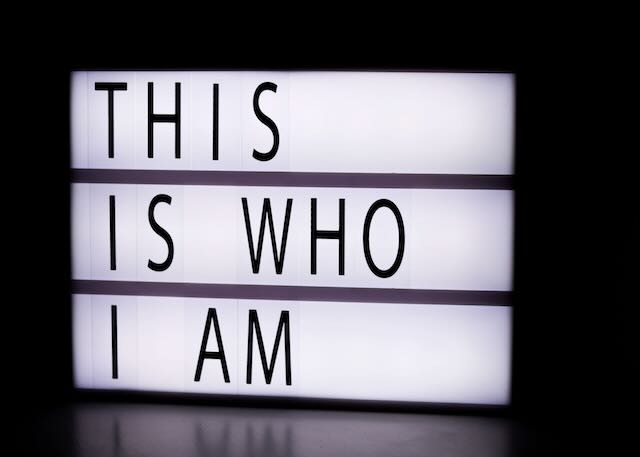As I write this, I’m putting on a smiling face to see if my facial expression can exert an influence on my mood and make me feel happy. You are probably thinking “Shouldn’t it be the other way around?” Normal people smile because they feel happy, and look sad because they feel unhappy. But the findings of a new study can make you believe that the other way is also possible.
I’ve read an interesting article in the New York Times Sunday Review recently: “Don’t Worry, Get Botox” by Richard A. Friedman. I agree, the title is compelling enough for a woman to read, nevertheless the content, also tied to Darwin’s theory of emotion, can be more fascinating for anyone. According to a new study, 52% of patients who suffered from major depression showed relief from depression six weeks after they received Botox injections. Previous studies also showed similar effects of Botox on mood, which can be related to the fact that paralyzing muscles above eyes makes people frown less and feel better.
While these findings do not take down the usual casualty of feeling happy and smiling, or feeling sad and crying, they are, in fact reminders of a two-way relationship between facial expressions and feelings. The article points out to Charles Darwin’s proposition in “The Expression of the Emotions in Man and Animals” that the control of facial expression causes a like effect on subjective emotions. It continues to tell a stronger theory proposed by William James that emotions are the result, not the cause of, various bodily sensations.
Though everything until here sounded rather convincing, I still had doubts about the usefulness of facial expressions as the mover of emotional states. Since my childhood, I’ve often been told that my face shows precisely how I’m feeling. It seems like a natural flow to feel an emotion and then have the corresponding expression on face. And how can it also work the other way?
As I read more about the ways of manipulating the body with the aim of changing the mind, I came to the realization that putting a less unhappy-looking face in the social environments helped me feel better multiple times in the past. Similarly, forcing a frown control occasionally helped me stay calm during times of stress.
To be sure, the Botox studies need more evidence before using the injections for their antidepressant effects. However, knowing that the linkage between facial muscles and emotions can work both ways is one good reason to smile. 🙂




